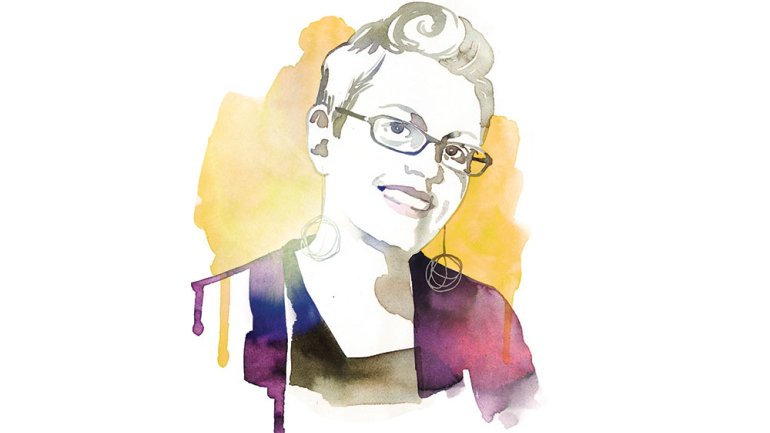SNAG 2.0
SNAG 2.0
Spring is conference season in the craft world, so artists and academics are headed to big hotels in big cities, right? Not necessarily. Members of SNAG will descend on Asheville, North Carolina, for the organization’s annual gathering May 18 – 21. There, metalsmiths and jewelers will hear speakers and watch demonstrations in five main downtown venues that are more intimate and distinctive than your average hotel ballroom. The format of this year’s conference, called SNAGnext, is new, as is the emphasis: on making a living as a metalsmith, jeweler, or sculptor.
Four themes organize the sessions: wellness and holistic practices, product development, a multipronged approach to making and selling, and bridging art and fashion. SNAGnext will include popular mainstays of previous SNAG conferences, such as the fashion show, trunk show, and exhibition of student work. And the plan is to alternate the more practical and affordable SNAGnext gatherings every other year with the more academically focused conferences.
SNAG stands for Society of North American Goldsmiths, although, today, leaders of the 2,300-member organization are relying more on the acronym, given the traditional-jewelry connotations of the full name. That’s just one shift SNAG has made under the leadership of Gwynne Rukenbrod Smith, executive director since 2013. We asked Rukenbrod Smith to bring us up to date on SNAG and SNAGnext.
What was the impetus for a new conference model?
We’d been going through strategic planning and, as a lot of organizations do, we surveyed our membership. We ended up getting about a 20 percent return, which is huge. And in that survey, the membership told us we had been drifting a bit toward focusing on only one sector of the field, which is that academic, conceptual side, on very idea-driven work that is very high-end – what we would call conceptual art jewelry. There are other sectors of the field that felt like they had been ignored for the last five to 10 years, for a variety of reasons.
So you and your board wanted to do something significant for those working metalsmiths.
Yes. At our October 2014 board meeting, we said, “Let’s look at doing a conference where people can talk about how they’re making a living in the field and how they’re surviving in the field, if they don’t have another job that helps support them. And, also, let’s do it in smaller, culturally rich cities, so that we’re not inside a hotel the whole time.” We really wanted to create a different model that was more cost-effective not only for people to attend, but also for SNAG to host.
Can you give an example of the sort of speaker SNAGnext will offer?
One of our keynotes is Don Friedlich, a past president of SNAG, who not only makes these one-of-a-kind pieces that are sold for many thousands of dollars in high-end galleries, but also makes a production line. And he’s not tied to an academic position where he gets a regular paycheck. Then we have some people who are not even known in the field, who teach professional entrepreneurship skills to artists. So it’s an interesting, exciting mix of people, with a focus on surviving, thriving, and innovation.
What else is new for SNAG?
In the past, SNAG has always felt that it had to be this huge organization that does all the activities in the metals field. So if somebody wanted an exhibition on a specific theme, they asked SNAG to do that exhibition. If they wanted a symposium on professional development, they asked SNAG to do it. But we realized, as we were going through strategic planning, there are a lot of amazing things already happening in the field – amazing symposiums at East Carolina University, for example, or the Zoom symposium that’s happening at the University of Wisconsin-Milwaukee in May. Those are great professional development conversations and technique-teaching opportunities. So instead of SNAG doing our own, we’ve started creating more partnerships with other organizations. We can support what’s happening and not reinvent the wheel.
Sounds like you’ve got your own reasons to innovate.
It’s our job to help people figure out how to stay in the field, however they can. And we feel that all roads are equally legitimate.
Monica Moses is American Craft’s editor in chief.

